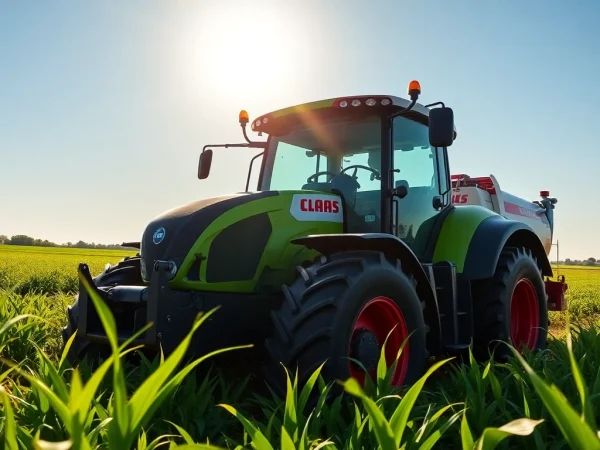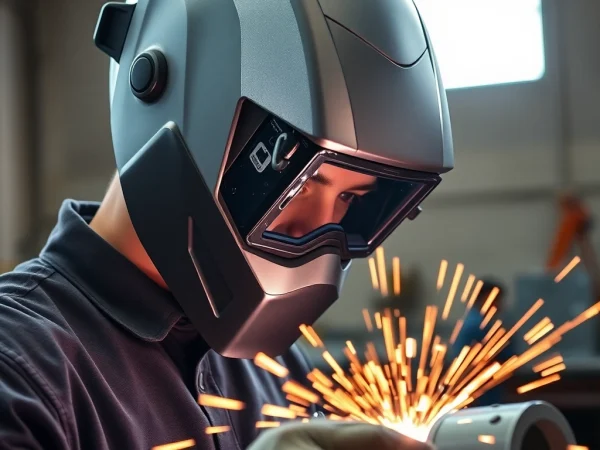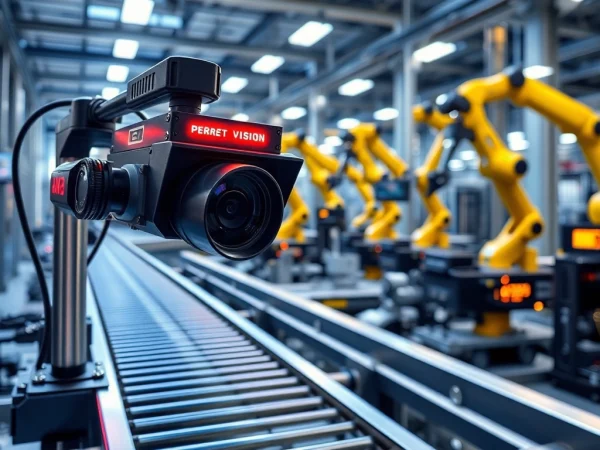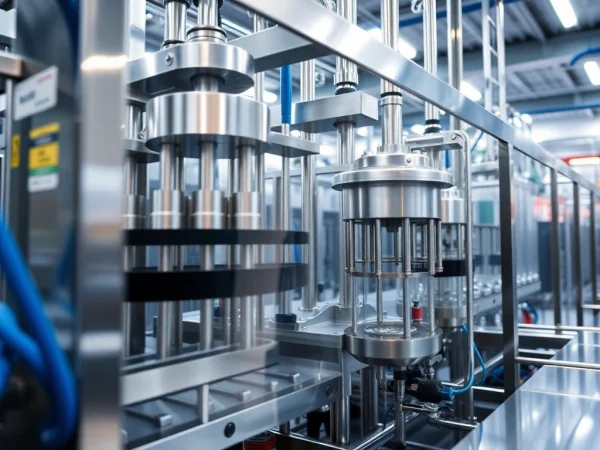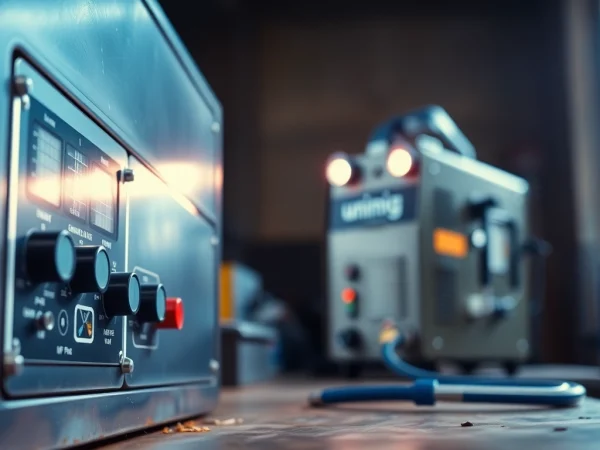Understanding Machine Vision: Key Technologies and Applications in Automation
1. Introduction to Machine Vision
1.1 Definition and Overview of Machine Vision
Machine vision refers to the technology that allows machines to interpret visual data captured from the surrounding environment. It involves complex systems that use cameras, sensors, and specialized software to process images and automate visual inspections. With applications in various industries such as manufacturing, agriculture, and healthcare, machine vision plays a critical role in improving operational efficiency and product quality.
1.2 The Importance of Machine Vision in Automation
As industries increasingly automate processes, the significance of machine vision has grown substantially. By enabling machines to “see” and interpret visual information, organizations can perform tasks such as defect detection, quality control, and robotic guidance while minimizing human intervention. This technology streamlines operations, reduces errors, and enhances productivity, making it indispensable in modern manufacturing and service sectors.
1.3 Key Components of Machine Vision Systems
A machine vision system typically consists of several key components, including:
- Cameras: Capture images of the subject being analyzed. These can be standard cameras or specialized imaging devices like CCD or CMOS sensors.
- Lighting: Proper illumination is crucial for accurate image capture. Different applications may require specific lighting techniques to highlight the features of interest.
- Processing Unit: The hardware and software that handle image processing and analysis, including algorithms for feature detection and decision-making.
- Interface: The user interface allows operators to set parameters and visualize results.
2. How Machine Vision Works
2.1 Image Capture and Processing Techniques
Machine vision begins with image capture, where cameras take snapshots of the subject under proper lighting conditions. The captured images are converted into digital format for processing. Advanced image processing techniques such as filtering, edge detection, and image segmentation are applied to extract relevant features from the images. Techniques like machine learning and deep learning are increasingly used to enhance image analysis and classification.
2.2 Algorithms in Machine Vision: An Overview
The effectiveness of a machine vision system largely depends on the algorithms it employs. Some common algorithms include:
- Image Segmentation: Divides an image into segments to identify objects.
- Pattern Recognition: Identifies patterns in the images that can indicate the presence of defects or specific features.
- Optical Character Recognition (OCR): Used for reading text in images, particularly in manufacturing and logistics.
- Machine Learning Models: These models can be trained to recognize complex patterns and anomalies that traditional algorithms might miss.
2.3 Applications of Machine Vision in Various Industries
Machine vision is omnipresent across several sectors. Key applications include:
- Manufacturing: Quality inspections, assembly verification, and equipment monitoring.
- Agriculture: Crop monitoring, yield estimation, and pest detection.
- Healthcare: Medical imaging and diagnostic assist tools.
- Logistics: Package sorting and tracking, inventory management.
3. Differences Between Machine Vision and Computer Vision
3.1 Defining Machine Vision vs Computer Vision
While often used interchangeably, machine vision and computer vision serve distinct purposes. Machine vision focuses on automating specific tasks within industrial settings, using physical systems to analyze and process images primarily for inspection and guidance. In contrast, computer vision encompasses a broader field that includes algorithms and technologies for interpreting visual data across various contexts and applications, including autonomy and consumer technologies.
3.2 Use Cases: Where Each Technology Excels
Machine vision excels in environments requiring industrial automation, such as quality control in manufacturing and manufacturing line automation. Meanwhile, computer vision is employed in areas like autonomous vehicles, augmented reality, and real-time image analysis in smartphones and other consumer devices. Both technologies contribute significantly but are tailored to different requirements.
3.3 The Future of Machine Vision and Computer Vision
The future of machine vision and computer vision is promising, fueled by advancements in artificial intelligence and machine learning. As these technologies evolve, we can expect more sophisticated systems that require less human intervention and offer higher accuracy. Key trends include the increase of edge computing capabilities, allowing machine vision to analyze data in real-time at the source, and enhanced integration with IoT devices for better data collection and monitoring.
4. Challenges in Implementing Machine Vision
4.1 Common Issues and Solutions
Implementing machine vision systems is not without challenges. Common issues include:
- Image Quality: Poor lighting or camera resolution can lead to inaccurate data. Solutions include improving lighting setups and choosing higher-quality cameras.
- Complexity of Algorithms: Developing and fine-tuning algorithms can be time-consuming. Utilizing pre-trained models and consulting with experts can accelerate this process.
- Integration with Existing Systems: Compatibility with legacy systems can pose a challenge. A thorough evaluation of current systems and careful planning are required for smooth integration.
4.2 Cost Considerations and Return on Investment
While machine vision systems can require substantial initial investments, organizations must evaluate the long-term cost benefits they bring. Factors such as increased productivity, reduced defects, and improved throughput can lead to a favorable return on investment (ROI). Conducting a detailed cost-benefit analysis before implementation helps organizations justify expenditures.
4.3 Best Practices for Successful Implementation
To ensure successful implementation of machine vision systems, organizations should adhere to best practices such as:
- Conducting Thorough Research: Understand the specific needs of your application to select appropriate technologies.
- Piloting Initial Projects: Start with small-scale implementations to test effectiveness and scalability.
- Engaging Multi-Disciplinary Teams: Involve engineers, operators, and IT staff in planning and execution to ensure all perspectives are considered.
5. The Future of Machine Vision Technology
5.1 Emerging Trends and Innovations
The landscape of machine vision technology is evolving with trends such as the integration of AI and deep learning. This evolution will result in more adaptive systems capable of handling unprecedented complexities without extensive manual adjustments. Additionally, the miniaturization of components enables the use of vision systems in more compact and mobile applications.
5.2 The Impact of AI on Machine Vision Systems
AI’s incorporation into machine vision enhances system capabilities, allowing machines to learn from data, optimize operations, and make intelligent decisions. The combination of AI with real-time processing results in near-instantaneous analysis and an unprecedented reduction in false positives during inspections, leading to increased efficiency and reliability in operations.
5.3 Predictions for Machine Vision in the Next Decade
Looking ahead, the machine vision industry is poised for explosive growth. Predictions include:
- Widespread adoption in small and medium enterprises as costs decrease, making the technology more accessible.
- Further advancements in sensor technology leading to better image quality and faster processing speeds.
- Increased synergy between machine vision and robotics, resulting in autonomous systems capable of critical decision-making and manipulation tasks.

